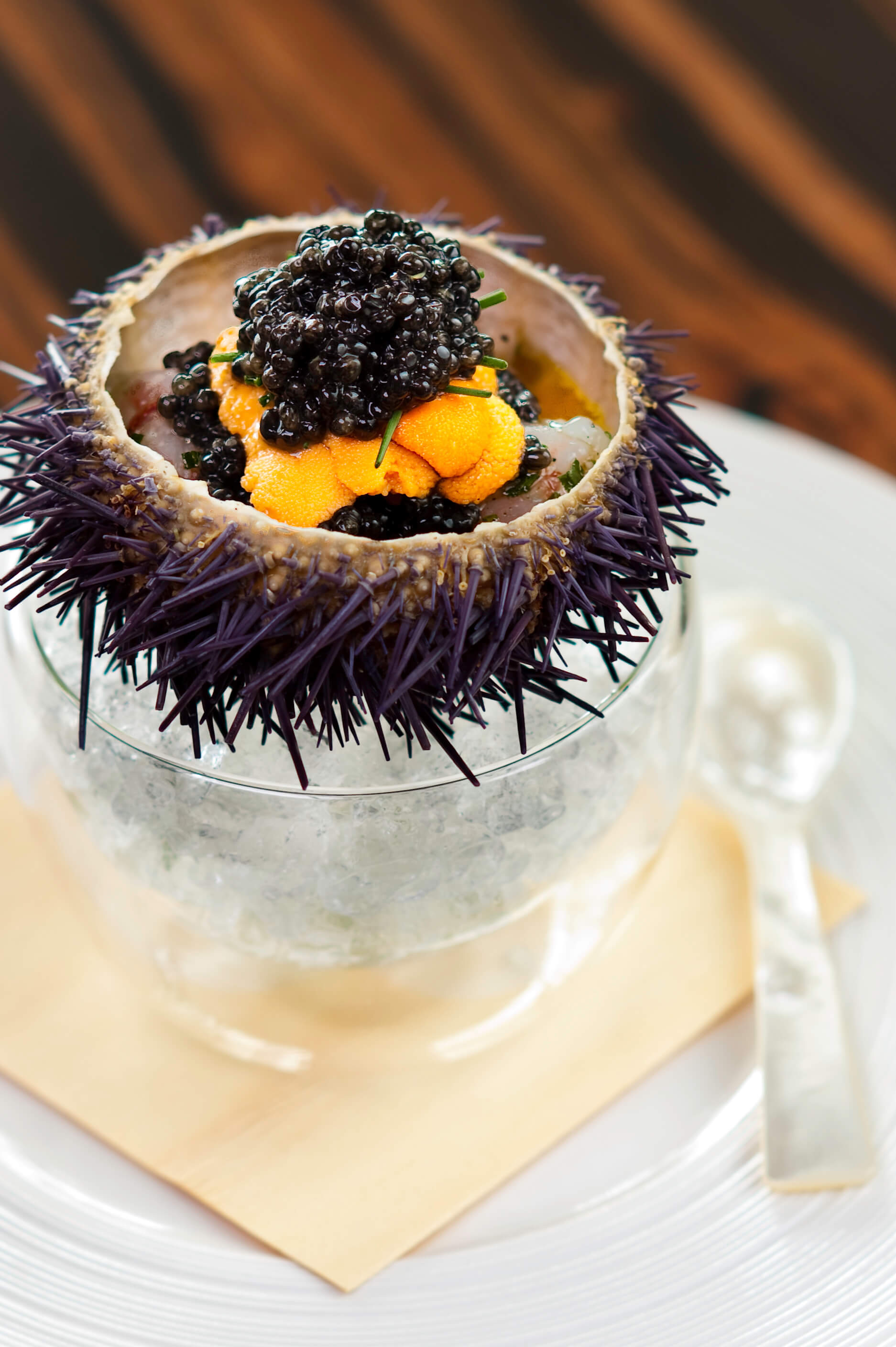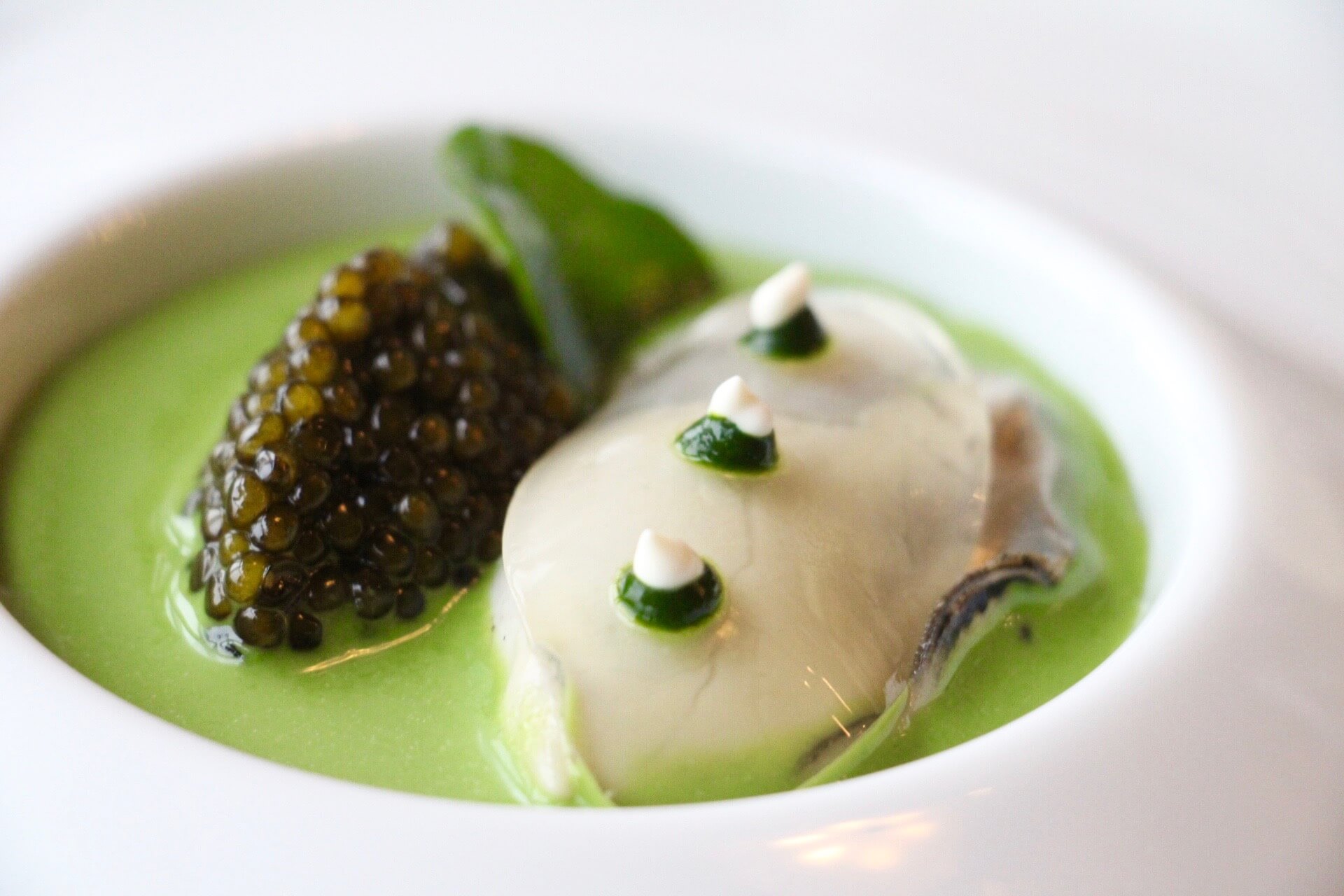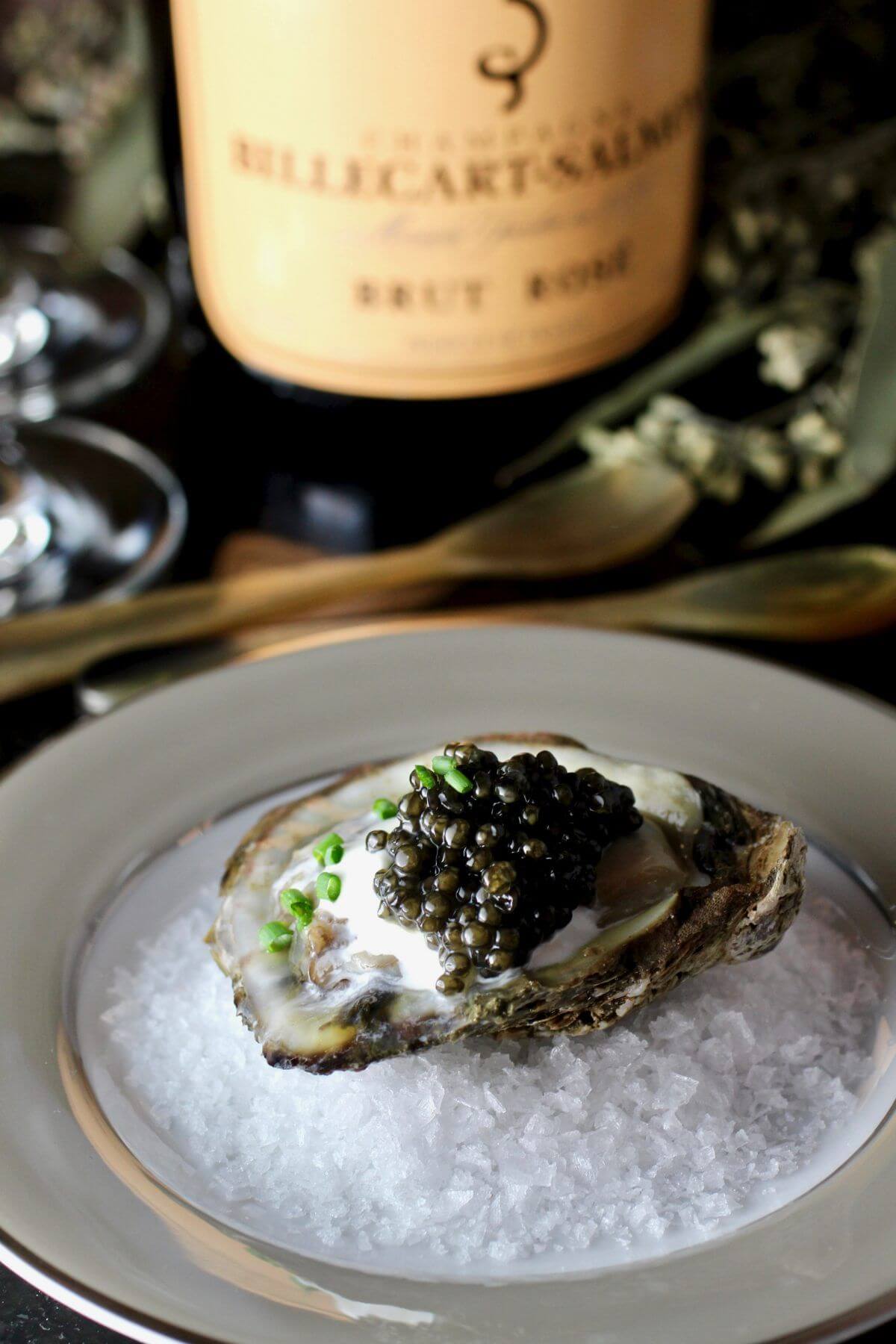Discover the jealously-guarded caviar processing secrets
Caviar is a processed salted fish eggs also called as roe. It is made from different varieties of fish.
Sturgeon fish is the type of fish that is being used for this gourmet. It uses different varieties of Sturgeon fish like Osetra, Beluga, starlet and sturgeon. Other countries like United States use salmon or paddlefish to make caviar. Color and size of roe and method of caviar processing are classifying items for caviar.
Here are the types of caviar processing method in making caviar:
1. Malossol process.
Experts often prefer this kind of processing method in making caviar. Malossol means lightly salted. Fresh caviar usually has a maximum of five percent salt. Today, caviar’s salt content is much lesser, approximately less than three percent. This type of caviar is considered a high quality type. It is the finest process and tends to be more expensive.
2. Semi-preserved or salted caviars.
This type of caviar usually has salt content of eight percent. It has a longer shelf life because of its high salt content. However, it compromises its taste with longer preservation life. This is considered the traditional process.
If Caviar is made from Salmon, skin of the roe is being removed after which it will be pressed manually in to a screen. The skin is being separated to retain flavor, taste and decomposition. However, some residue is retained in the roe, which tends to affect the taste, flavor and decomposition process of the caviar. Because of this, makers put more salt and preservatives in order to prolong the preservation or shelf life of the caviar.
3. Pressed Caviar.
It is considered the second best in high quality caviar. It is usually made from overly ripe roe, which sometimes are damaged and too soft. It has a high salt content and is pressed to a consistency like jam. It is one of the favorite types of caviars because of its strong and concentrated flavors.
4. Pasteurized Caviar.
It is made from fresh caviar, which is packed in glass jars for longer preservation. Taste and texture is usually compromised. It is treated in high temperature and vacuumed packed to be put in glass jars. Unlike with the traditional or salted processing of caviars, this method tends to preserve the flavor and taste. It is the improved process of the traditional method where it can lengthen the preservation or shelf life of the caviar. This is considered a much better process in preserving the shelf life of caviars.
In general, salt content of Caviar depends on the grade or also known as size of the roe, the weather, and condition. Some caviar has borax content aside from the salt content.
There are two types of Caviar production process. These are:
1. Traditional Caviar Production Process.
It is a process of separating the skin from the salmon eggs using manual labor. A maximum rate of twenty five percent for grade A product is being lost with this process. Less than fifty percent is being lost in grade B product and a maximum of seventy percent is being lost for grade C product.
2. East Point Caviar Production Process.
It is a process of separating the skin from the salmon eggs using a machine. The machine is a specially designed tool for making caviar. This process reduces the lost rate of grade A products to a maximum of ten percent.
Fifteen percent for grade B and a maximum of thirty percent for grade C. Ozone that is in a cold brine solution is being added to sanitize more the production process.
In this production process, several advantages exist compared in using the traditional production process. These are:
- 1. Concentration of salt is lesser.
- 2. Shelf life is extended and is non-freezing.
- 3. Taste is better.
- 4. The lost rate for all grades are reduced including the products that are considered rejects.
- 5. Manual labor is lesser in each pound of the final product.
Salmon Caviar’s red succulent eggs are mild, which comes from a natural sea gift that is considered as high in quality. It is very nutritious, which contains certain vitamins, protein and amino acids. Caviars are considered cakes that restore power and provide longer life.
It was discovered that in the ancient times salting and pickling fish and eggs are being done for food preservation during famine, long voyages in the sea, and wars.


